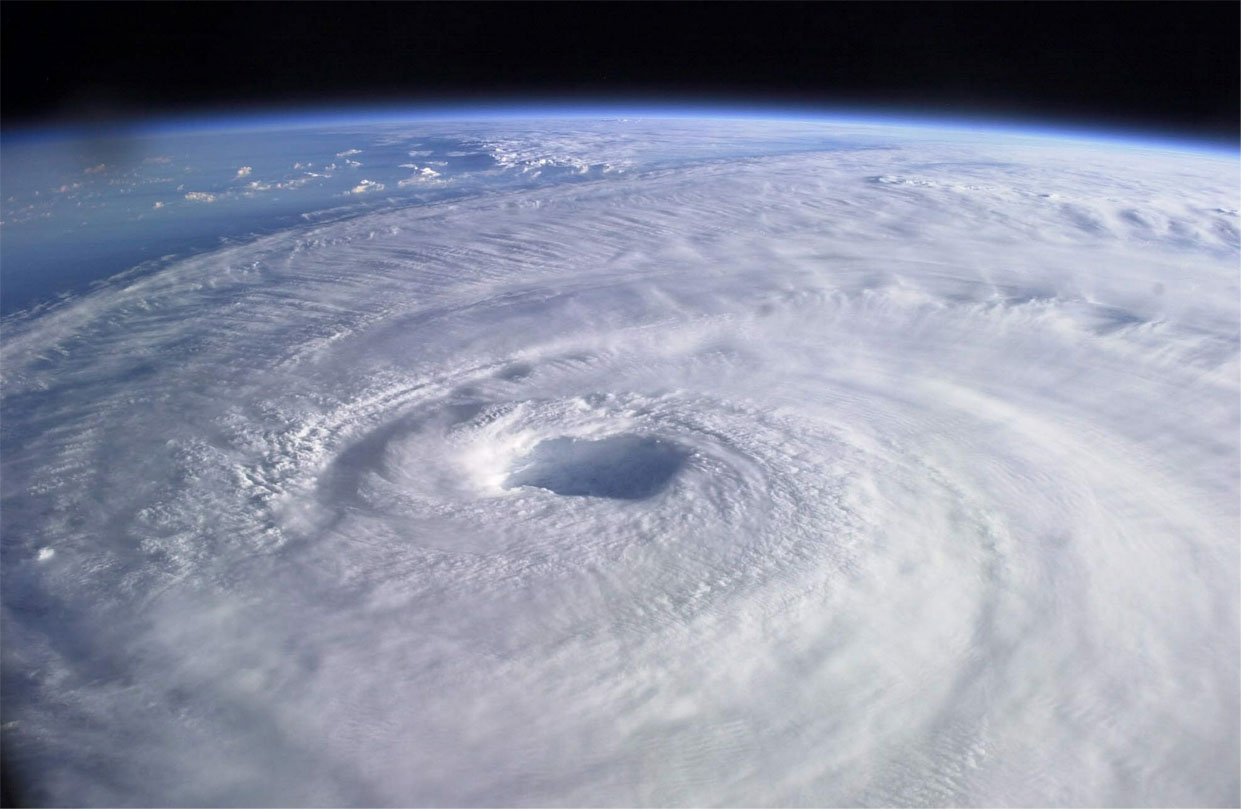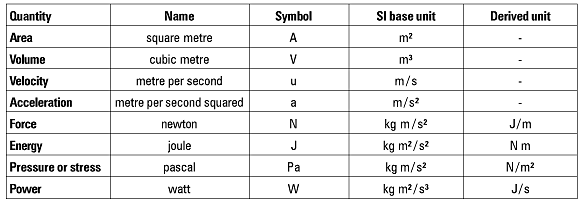
Grade 9 | Lesson 1
Dean of Students: dean@theschools.com
Tech Services: tech@theschools.com

Grade 9 | Lesson 1
Dean of Students: dean@theschools.com
Tech Services: tech@theschools.com
Science
Lesson Overview
Introduction to Physical & Earth Science
• Geology
• Meteorology
• Astronomy
• Oceanography
Measurement
You're a Scientist
![]()
Introduction to Physical & Earth Science
Science is all around you. It is such a common part of your life that you probably take it for granted. Have you ever wondered why there are seasons, why volcanoes erupt, or whether life exists on other planets? Do you wonder how people find the answers to these and other questions?
Science is defined as: the systematic study of the nature and behavior of the material and physical universe, based on observation, experiment, and measurement. More simply, it is the process of observing and studying things in our world. Many of these observations can't be explained easily and therefore present problems so scientists attempt to solve these issues. Every time you try to find out how and why things look and act the way they do, you are a scientist.
In this grade you will study the physical and Earth sciences, which are often times combined because of how they enhance and activate each other. Physical science is the study of energy and matter, which should be a bit of a review for you, and will help with with the more advanced fields of chemistry and physics to come later.

Earth science is the study of Earth and space. It is the investigation of subjects such as the transfer of energy in Earth's atmosphere, the evolution and variations in Earth's landforms, patterns of change that cause weather, the scale and structure of the solar system and how it effects the planet, and the interactions that occur among water, the atmosphere and land.
While you will review topics in physical science, the majority of your 9th grade science education will focus on the field of Earth science which can broken into four main subfields of study.
Geology
Geology is the study of the Earth, its matter, and the processes that form and change the planet. Some of the topics included in the field of geology are volcanoes, earthquakes, maps, fossils, mountains, and land use, all of which will be covered in your studies. Geologists search for oil, investigate volcanoes, identify rocks and minerals, study fossils and glaciers and determine how mountains form.
Meteorology
Meteorology is the study of weather and the forces and the processes that cause it. In your studies this year you'll learn about storm patterns, climates, and what factors cause our daily weather. A meteorologist is a scientist who studies weather patterns in order to predict daily weather and trends in climate change over time.
Astronomy
Astronomy is the study of objects in space, including stars, planets, and comets. Before telescopes were invented, this branch of Earth science mainly dealt with descriptions of the positions of the stars and planets. Using powerful telescopes, we can observe amazing sights, such as galaxies, supernovas, black holes and extra solar planets. Astronomers who study space objects seek evidence about the beginning of the universe and parallel universes in their attempt to understand our planet's origin.

Oceanography
Oceanography is the study of Earth's oceans. Oceanographers conduct research on the physical and chemical properties of ocean water. Oceanographers also study the processes that occur within oceans and the effects humans have on these processes.
![]()
Measurement 
Measurement, while probably a review for you, is an essential part of scientific observation and investigation because it will allow you to collect sound and helpful data. Most scientists use the International System of Units (SI) to measure, and while this section won't go through every classification of measurement in the SI system, it will outline the ones which you'll encounter most frequently in the 9th grade. Please familiarize yourself thoroughly with these terms as best you can and remember that as you continue with your studies your understanding of these terms and the concepts contained with strengthen and grow.

Mass
Mass is a measure of the amount of matter in an object. Mass depends on the number and kinds of atoms that make up an object. Mass does not change with gravitational force. The mass of an object is determined by comparing it with known masses using a balance.
The standard unit of measure for mass is a kilogram. The mass of one bagel is about 57 grams. One gram equals 1000 milligrams, so what would be the mass of one bagel in milligrams? It would be 57,000 milligrams.
WeightArea
Some measurements, such as area, require a combination of SI units. Area is the amount of surface included within a set of boundaries. Let's say you want to know the area of a field. First, you'd measure its length and width with a meter stick, and then you'd multiply these two measurements to find the area. In SI, area is expressed in units such as square centimeters (cm2).

Volume
Volume is a measure of how much space an object occupies, so if you wanted to know the volume of an aquarium, such as the one to the right, you'd need to know its length, width, and depth. Then you'd multiply these three measurements to find the volume. The cubic meter (m2) is the basic unit of volume in SI for solids, but liquid volumes are often measured in liters (L) and milliliters (mL). Liquid volume measurements are made using graduated cylinders and beakers. Because one milliliter of a liquid will just fill a container with a 1 cm3 volume, milliliters can be expressed as cubic centimeters. For example, an aquarium full of water is 11,356 mL or 11,356 cm3.
Density
Density is a measure of the amount of matter that occupies a particular space. It's determined by dividing the mass of an object by its volume.
![]()
![]()
An SI unit that is often used to express density is grams per cubic centimeter (g/cm3). How might you express the density of a liquid? Scientists often use grams per milliliter (g/mL).
![]()
You're a Scientist
In many of your science lessons you'll find a "You're a Scientist" activity which will be a hands on lab or experiment for you to complete. Click on the link below to open up this lesson's:
You're a Scientist - The Scientific Method